Optimal Timing for Foundation Repairs
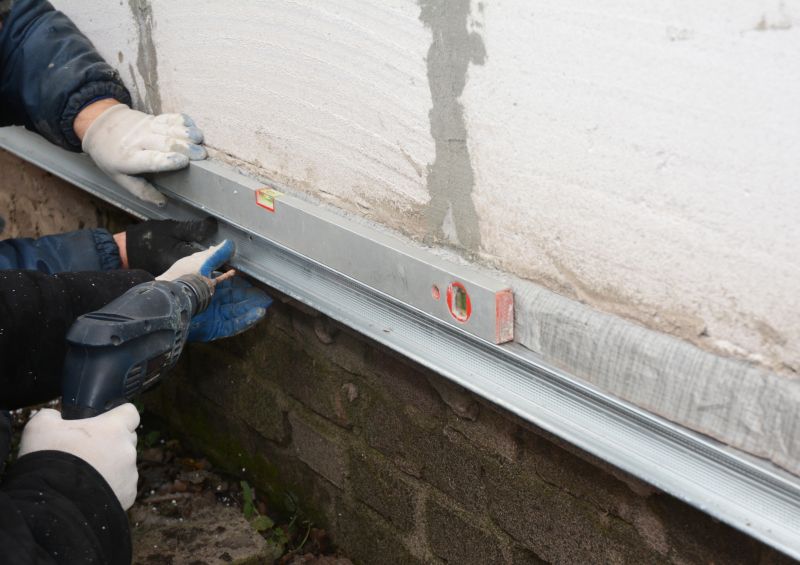
Ways to make Foundation Repairs work in tight or awkward layouts.
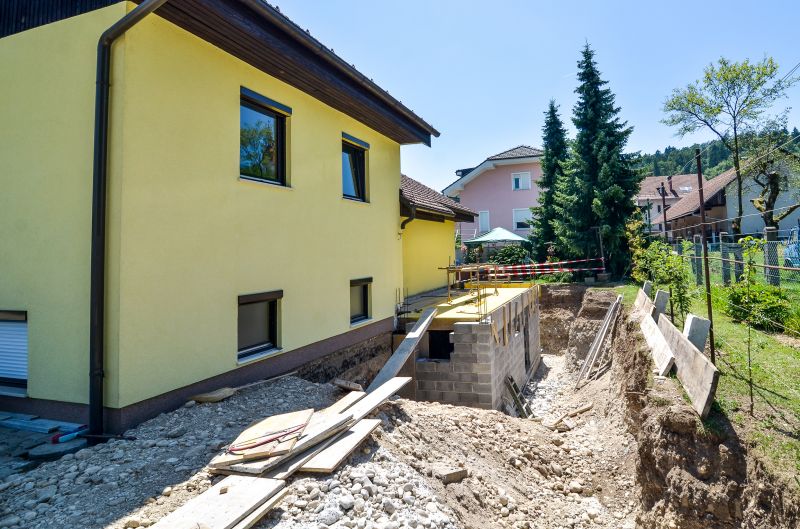
Popular materials for Foundation Repairs and why they hold up over time.
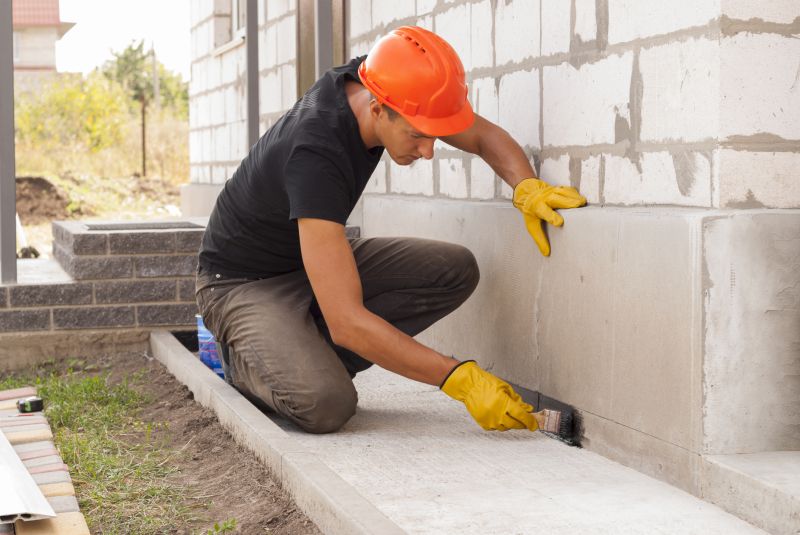
Simple add-ons that improve Foundation Repairs without blowing the budget.
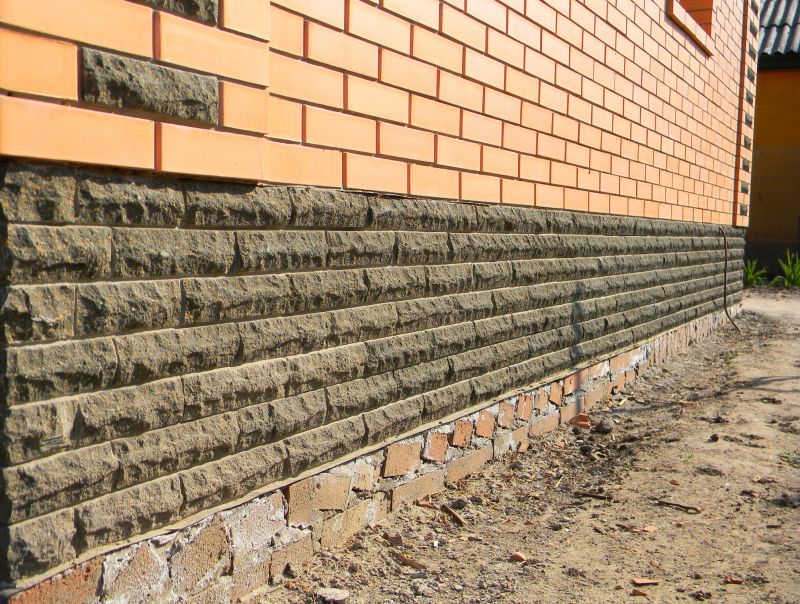
High-end options that actually feel worth it for Foundation Repairs.

Finishes and colors that play nicely with Foundation Repairs.

Little measurements that prevent headaches on Foundation Repairs day.
Foundation repairs are most effective when performed during specific times of the year, depending on weather conditions and soil moisture levels. Optimal timing ensures minimal disruption and improved results, especially in regions with significant seasonal changes.
In general, the best time for foundation repairs is during dry, moderate weather periods. Spring and fall often provide ideal conditions, as soil moisture levels are balanced, reducing the risk of further shifting or cracking during repairs. Avoiding extreme temperatures and wet seasons can prevent additional complications and ensure the longevity of the repair work.
Spring offers moderate weather, which facilitates easier access to the foundation and reduces delays caused by rain or extreme heat.
Summer repairs can be challenging due to high temperatures and potential drought conditions, but early summer can still be suitable if planned carefully.
Fall provides cooler temperatures and stable soil conditions, making it a preferred season for foundation work.
Winter poses risks due to freezing temperatures and moisture fluctuations, which can hinder repair effectiveness.
| Season | Optimal Timing | Considerations |
|---|---|---|
| Spring | Early spring before heavy rains | Moderate temperatures, soil moisture balance |
| Summer | Early summer if temperatures are manageable | Avoid peak heat, monitor soil dryness |
| Fall | Mid to late fall | Cooler weather, stable soil moisture |
| Winter | Avoid during freezing temperatures | High risk due to frost and moisture fluctuations |
Foundation repairs require careful planning to align with seasonal weather patterns. Proper timing can prevent additional soil movement and reduce the likelihood of future issues. Consulting with foundation specialists can help determine the best window for repairs based on local climate conditions.

A 60-second routine that keeps Foundation Repairs looking new.
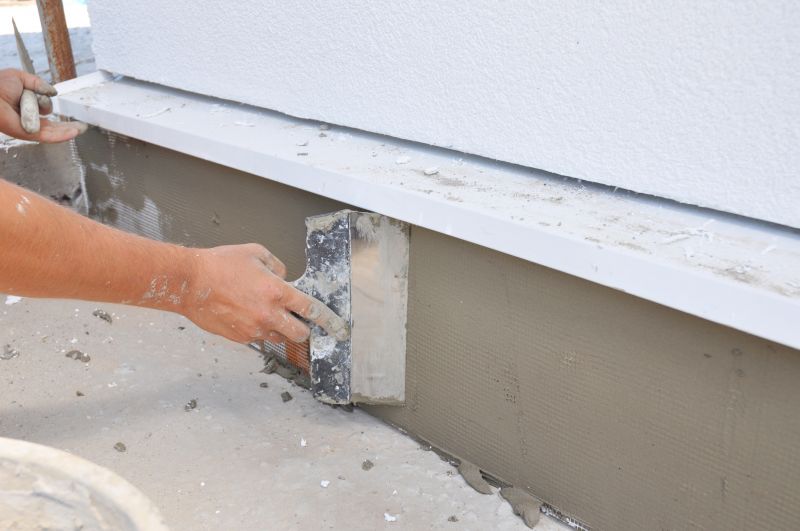
A frequent mistake in Foundation Repairs and how to dodge it.

Small tweaks to make Foundation Repairs safer and easier to use.

Lower-waste or water-saving choices for Foundation Repairs.
Timely foundation repairs can prevent costly structural damage and improve property stability. Recognizing early signs of foundation issues and scheduling repairs during optimal seasons enhances the effectiveness and durability of the work.
Cracks in walls, uneven floors, and sticking doors may indicate foundation problems.
Addressing foundation issues early can prevent extensive structural damage and higher repair costs.
Methods include underpinning, slabjacking, and piering, selected based on the severity and type of damage.
Understanding soil type and moisture levels is crucial for choosing the appropriate repair strategy.
